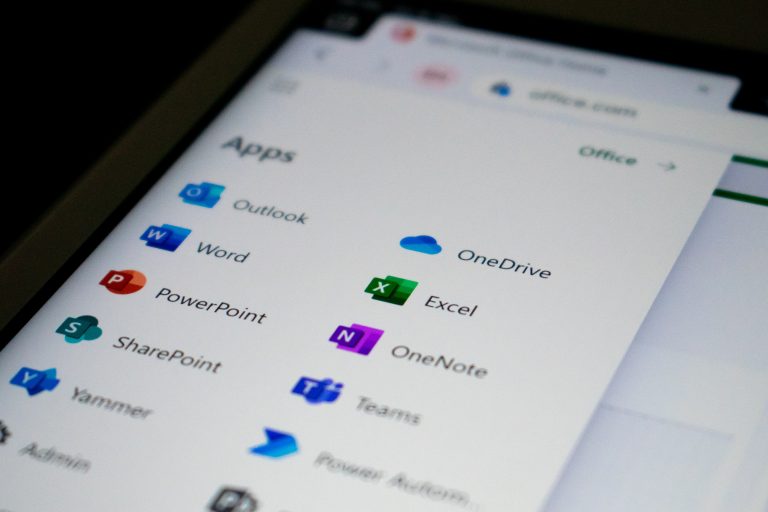What is a Manages Service Provider?
A managed service provider (MSP) is a company that remotely manages a customer’s IT infrastructure and/or end-user systems, typically on a proactive basis and under a subscription model. Today, the terms “cloud service provider” and “managed service provider” are sometimes used as synonyms when the provider’s service is supported by a service level agreement (SLA) and is delivered over the internet.
The evolution of MSPs began in the 1990s with the emergence of application service providers (ASPs), which offered remote application hosting services. ASPs helped pave the way for cloud computing and companies that would provide remote support for customers’ IT infrastructure. MSPs, for the most part, initially focused on the remote management and monitoring (RMM) of servers and networks. Over time, MSPs have expanded the scope of their services in a bid to differentiate themselves from other providers.
While some MSPs may specialize in specific segments of information technology such as data storage, others may focus on specific vertical markets, such as legal, financial services, healthcare and manufacturing. Managed security services providers (MSSPs), for instance, offer specialized services such as remote firewall administration and other security-as-a-service offerings. Managed print services (MPS) providers, meanwhile, offload the task of maintaining printers and supplying consumables.
Pricing model for managed service providers
In per-device pricing, the MSP charges the customer a flat fee for each device under management. In per-user pricing, meanwhile, the MSP charges a flat fee for each user, accommodating users who use multiple devices. In all-inclusive pricing, also referred to as the all-you-can-eat model, the MSP charges a flat fee for all the IT infrastructure support and management services the MSP plans to offer.
In each of those pricing approaches, the customer pays the flat fee on a regularly scheduled basis, often monthly. Such pricing methods let MSPs sell services under a subscription model. This approach provides the MSP with a monthly recurring revenue (MRR) stream, in contrast to IT projects that tend to be one-time transactions.
MRR is one aspect of managed services work that differs from other business models in the IT solutions provider and channel partner space. Solutions providers pursuing the break/fix model, for example, usually price their services on a time and materials (T&M) basis, billing an hourly rate for repairing a customer’s IT equipment and charging for parts or replacement gear.
Companies performing IT project work, such as computer systems installation and integration, may charge a fixed price for products and services. Either way, those solutions providers generate revenue on a one-time basis from each project. An exception would be large projects with multiple milestones and associated payments. But, in general, the conventional solutions provider business is mainly transactional. An MSP’s recurring revenue stream, on the other hand, potentially provides a more stable and predictable base of business.







